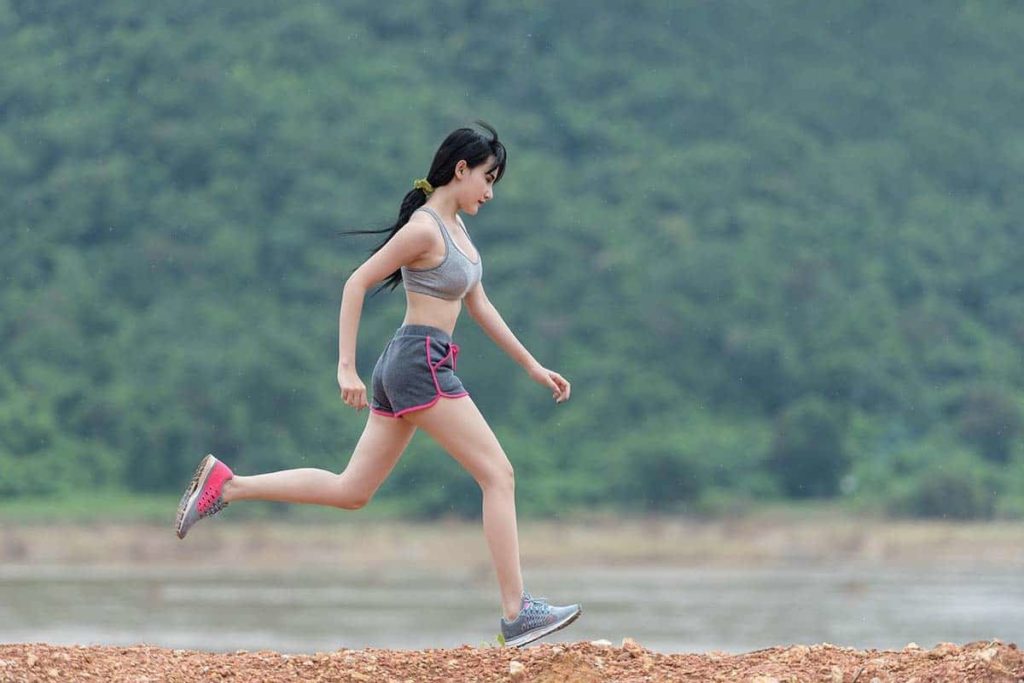Running is a great sport, but it is not without its share of embarrassing mishaps. Some of these are easily avoidable while some may need a bit more work to get around. From problems with bodily functions while running, to mishaps with your running shorts, it’s best to be prepared.
Let’s look at 4 embarrassing gear problems and how you can prevent them. Or at the very least not get humiliated by them. Are you ready? Then off we go!
1. Chafing
Oh, we’ve all felt that. The burning sensation as our thighs and other body parts rub against each other. What’s even more embarrassing is the weird, waddling walk you end up doing because of how painful your groin is. Why does this happen? A few things can cause chafing. Sweating causes salt to build on the skin. This leads to a painful experience like rubbing sandpaper on yourself. Your clothes can also cause abrasions on your skin while running.
Here are a few good tips on how you can deal with this burning problem while on the run
- Avoid using cotton underwear and opt for sweat-wicking underwear made of synthetic material.
- Use running shorts with built-in underwear.
- Put on a pair of compression shorts instead of underwear.
- Hydrate properly! Dehydration is a major cause of salt buildup on your skin when sweating.
- Apply skin lubricants to areas where chafing and blisters happen.
- Remember, if you experience severe chafing, it’s best to stop and get medical help.
Upper Body Bleeding And Other Woes
You might have noticed runners, often men, with streaks of blood running down the front of their shirts. Women, meanwhile, get acne on their upper body. This usually appears on the chest, back, and upper arms. Both problems are caused by the runner’s shirt rubbing against their skin, or with female runners, by their sports bra. Another culprit is the sunscreen you use when you go out. Here’s what you can do to avoid these mishaps.
For Bleeding Nipples, Try these tips.
- Avoid cotton shirts and go for synthetic materials.
- Stay away from loose-fitting shirts. Go for compression shirts instead.
- Try placing a waterproof bandage or nipple tape over your nipples before running
- Use lubricant on your chest before going on a run.
- For Acne, Try these tips out.
- Immediately change out of your sweaty clothes after running.
- Take a shower and cleanse acne-affected areas with anti-acne soap.
- Don’t put on any make-up before running.
- Try using oil-free sunscreen instead of your usual sunscreen.
2. Black Toenails
Black toenails and lost toenails are a problem that long-distance runners often have to deal with. These are caused by the continuous rubbing of your toe against the front of the shoe. This causes a blood blister to form under the toenail. You are also more likely to get black toenail when you run in warm weather. This is because feet tend to swell in warmer temperatures.
Here are some tips on how to deal with black toenail.
- Wear the correct shoe size. Always opt for shoes that are half a size larger than your casual shoes.
- Trim your toenails regularly.
- Keep your feet dry.
- Try using synthetic, sweat-wicking socks instead of standard cotton socks.
- If you suffer a black toenail, don’t panic. Leave it alone. The damaged nail will be pushed out by your normal nail growth. Don’t force the old nail off! This could lead to an infection.
- If you experience pain, swelling, redness, or pus, go see a doctor.
3. Wardrobe Failures
Probably the most embarrassing gear-related problem you could encounter while running is a wardrobe malfunction. From ripped shorts and ugly sweat stains to more humiliating incidents, clothing failure can truly be seen as a nightmare.
Unfortunately, there isn’t much you can do once a wardrobe failure happens while running. You could brazen it out and accept it happened as this runner experienced. Don’t overreact and stop reliving the incident is your best course of action.
Try checking your running gear for wear and tear. This could save you from a lot of embarrassment later.
4. Shoe Problems
Choosing the right kind of shoe and insoles for running is important when you decide to get into the running game. Sure, you want to look cool in your new shoes, but functionality and safety should always come first. You don’t want to get black toenail or an even worse injury while running, do you?
Let’s talk about the signs that your shoes are the wrong size or need to be replaced.
- You have to completely unlace your shoes before you can take them off: If you can’t slip your feet out of your shoes without unlacing completely, then your shoes are too small. Replace them and go a size larger.
- Your heel slips while walking or running uphill: You may want to lace up all the way to the last eyelet to stop your feet from slipping. Remember, your feet should fit in snugly but not too tight.
- Pain in your arches, a tender Achilles tendon, or calf pain: This could be caused by an improperly aligned flex point. Shoes should bend and crease along the same flex point as your feet.
- Numbness or strain on your foot: Your shoe may be too tight or too loose along the top.
- Bunions or corns on the side of your toes: Your shoes may be too narrow.
- Your toes burn after running: The soles of your shoes are too stiff. Get shoes with more cushion.
- A stabbing sensation in the knee while running downhill: You may be looking at a case of IT Band Syndrome. You’re better off switching to a different pair of shoes when this happens.
- Deep pain in the feet while running: These may be caused by stress fractures on your feet. Ill-fitting shoes can cause the feet to absorb the full impact of each step. This causes stress fractures. See a doctor for the fractures and replace your shoes.
There you have it, some problems you may encounter while running and how to deal with them. Keep yourself safe while running and have fun!




